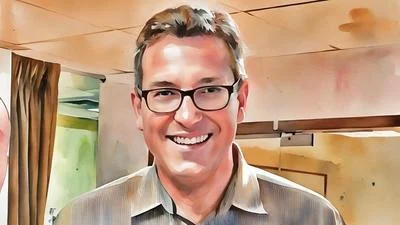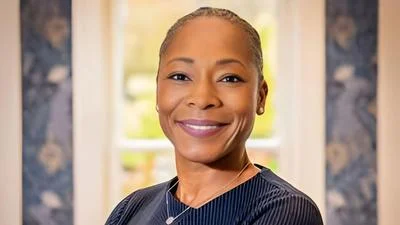A number of notable accomplishments have positioned EM for continued success, and work completed ahead of schedule and under budget is due to effective partnerships with state and local officials in the communities around EM sites, regulators, and tribal nations, Under Secretary for Science Paul Dabbar said during the 19th Annual Combined Intergovernmental Meeting last week.
Members of the Energy Communities Alliance, Environmental Council of the States, National Association of Attorneys General, National Governors Association’s Federal Facilities Task Force, National Conference of State Legislatures, and State and Tribal Government Working Group joined DOE for the two-day meeting held virtually due to the COVID-19 pandemic. More than 200 people participated.
Dabbar, who provided opening remarks, pointed to recent EM accomplishments, such as the successful operations of the Savannah River Site’s Salt Waste Processing Facility to accelerate EM’s ability to empty and close waste tanks. He also noted progress in the Direct-Feed Low-Activity Waste (DFLAW) approach at the Hanford Site and the Integrated Treatment Waste Unit, which is set to treat the remaining 900,000 gallons of liquid sodium-bearing waste at the Idaho National Laboratory Site.
“Today is a truly exciting time for the complex in terms of specific accomplishments and where we are going," Dabbar said. “Our engagement that we have had between the federal employees, contractors, and communities - local communities, tribal communities, states - have never been better."
EM Senior Advisor William “Ike" White provided an update on the EM program. He noted that the workforce has adapted to the challenges of 2020 in ways not thought of just a year ago, and described 2020 as an inflection point as EM begins the treatment and disposition of tank waste across the complex.
“I am really proud to say in the midst of all this, we have been able to get quite a bit of what we intended to accomplish in 2020 done over the course of the past year," White said. “We have realized some really significant accomplishments across the board that have positioned us well for the cleanup program going into the next decade."
White discussed his visits to EM sites, including Hanford, where he got a firsthand look at the DFLAW system. He highlighted Oak Ridge’s historic accomplishment - the first-ever removal of a former uranium enrichment complex.
White also noted the importance of EM’s intergovernmental program and discussed the status of revisions to the program’s Strategic Vision. He added that he values receiving feedback from the intergovernmental community.
“I really appreciate and value the role all of you play in helping us shape the cleanup program of the future, and I look forward to facilitating further engagement as we talk about what that program looks like," he said.
Meeting attendees also discussed the importance of capturing lessons learned at EM sites to benefit the program and improve technical processes, communications, and procedures. For example, DOE is documenting its response to COVID-19 to ensure a record of new procedures and protocols if something similar occurs in the future, EM Principal Deputy Assistant Secretary Todd Shrader said.
“Early on we were having daily calls with our site managers around the complex, to talk about what we learned, what they learned, what can we do better, how can we transfer ideas," Shrader said. “We also memorialized our processes for how we did work and how we made decisions based on the EM framework for COVID response. And we published that on our website.
“Hopefully it doesn’t happen ever again, but if it does, we at least have a starting point moving forward," Shrader said.
EM leaders and representatives of EM field sites discussed the priorities of individual sites, and their community engagement in sessions led by members of the intergovernmental groups.
Shrader joined Brian Vance, manager of the Office of River Protection and Richland Operations Office, Russell McCallister, federal cleanup director of the Moab Uranium Mill Tailings Remedial Action Project, and intergovernmental representatives in a panel session on the impacts of COVID-19. They highlighted the importance of communications during the pandemic, including the need for employees to remain connected as they work remotely.
McCallister remarked about a strong esprit de corps as employees worked together creatively to continue work safely. Shrader added that DOE is continually monitoring and assessing conditions at each site, and will adjust the pace of operations and remobilization as necessary.
Source: U.S. Dept. of Energy, Office of Environmental Management









